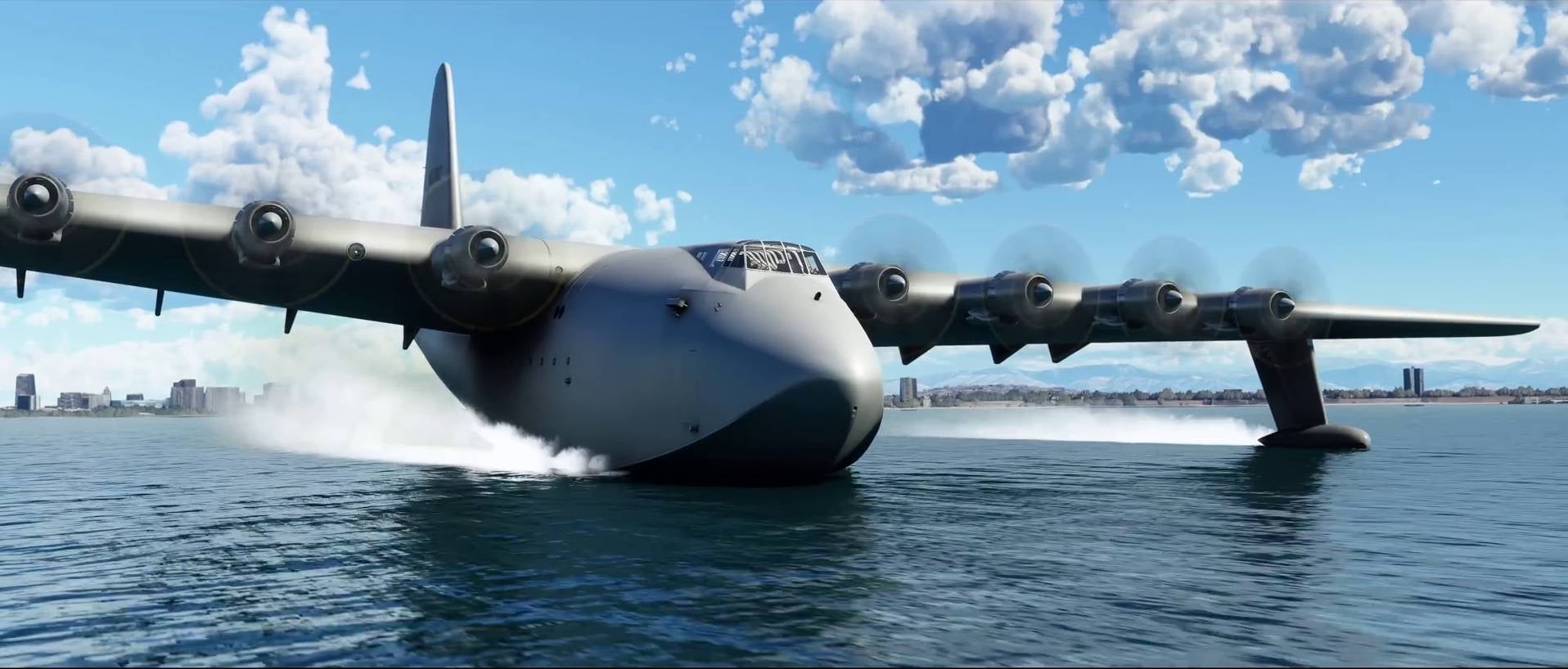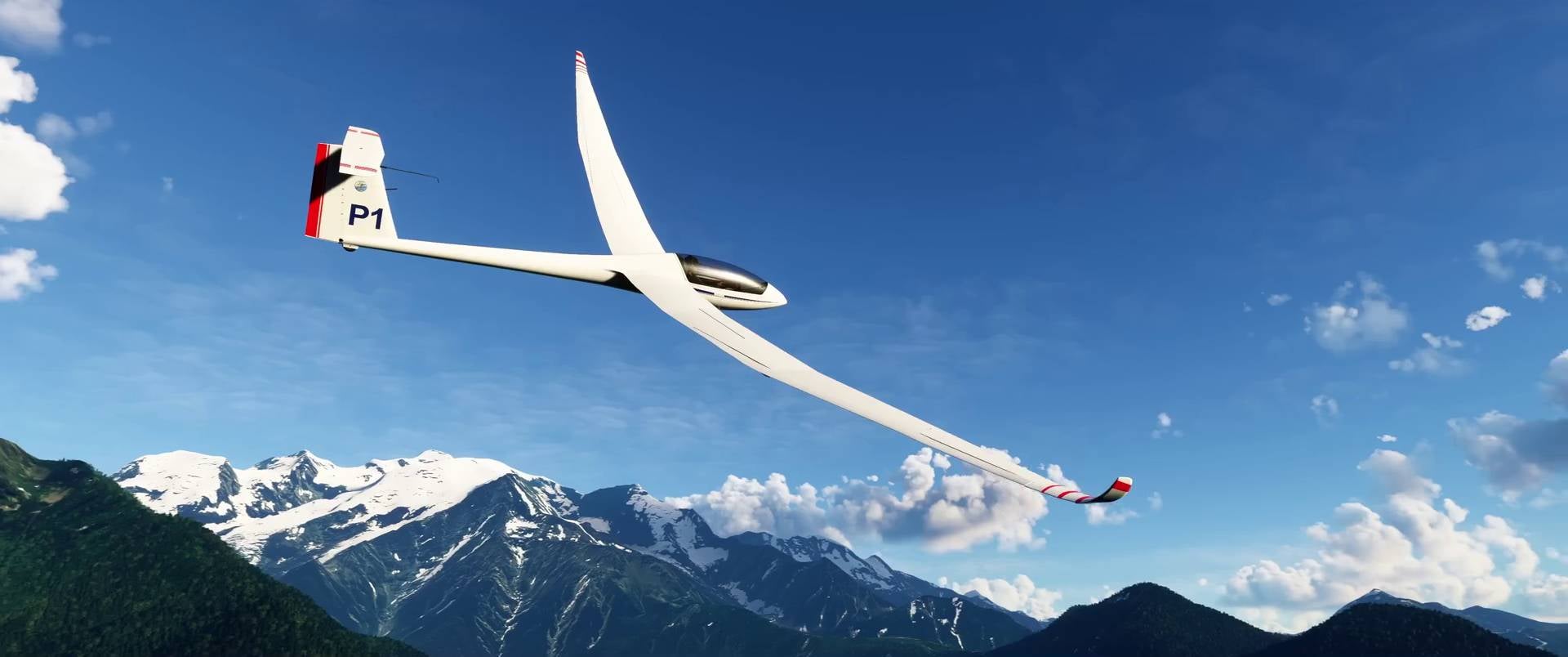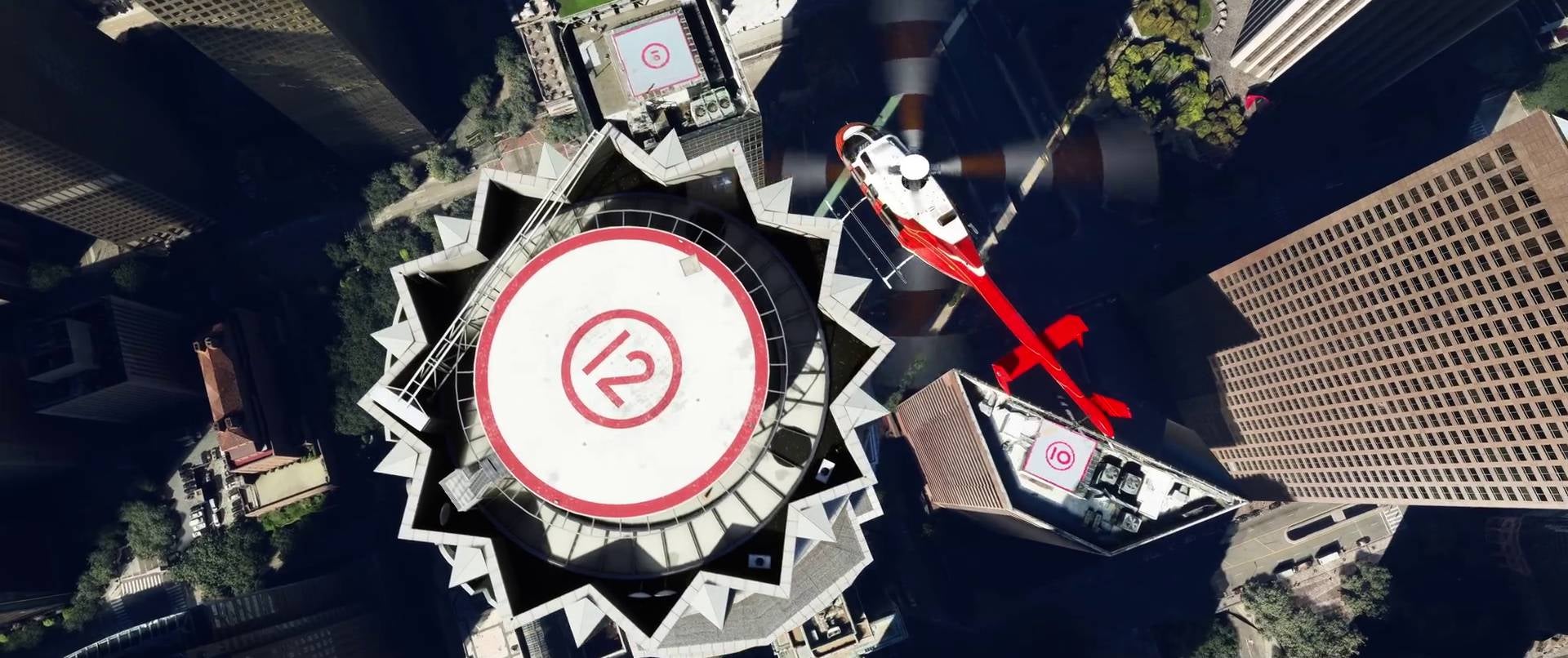On November 2 1947 the Hughes H-4 Hercules took its one and only flight. Setting off from just beyond the coastline of Long Beach, the Hughes H-4 - or Spruce Goose as it came to be known in deference to the wood that made up its duramold composite - was airborne for some 26 seconds, never getting above 100ft for a flight that saw it cover just over a mile. And yet what an achievement, and what a sight it must have been. When Spruce Goose made flight it boasted the largest wingspan of any plane on the planet, a record made all the more impressive in that it would hold onto the record until 2019 when the Scaled Composites Stratolaunch took to the skies. Across the 75 years since Spruce Goose’s sole flight it’s been carefully preserved; first on Long Beach, hermetically sealed in keeping with designer and the H4 Hercules’ sole pilot Howard Hughes’ compulsive bent, before it was placed on public display and later moved at great expense to the Evergreen Museum, just south of Portland, Oregon. Which is where it remains today, and where this week there’s been a burst of activity as the museum’s halls are filled with representatives from Microsoft. They’re here as guests of the Evergreen Museum, hosting a celebration for the 40th anniversary of Microsoft Flight Simulator, and where the series’ current steward Jorg Neumann is preparing the sim’s latest feat of magic; 75 years on from its sole, short trip, Spruce Goose is about to be airborne again. “We do quite a bit of what we call digital preservation,” Jorg says ahead of the event. “And I can tell you, it’s one of the things that makes me the happiest working on Flight Sim. It all comes down to how much collaboration there is with the curators of the museum, or people who really know the physical object in the Evergreen’s case. They have an amazing archive and the will to get it right, and they’ve provided tonnes and tonnes of information that allows us to make it as authentic as we can.” The Spruce Goose isn’t the first legendary aircraft to be returned to the skies thanks to the wonder of Microsoft Flight Sim; since launch, it’s immortalised the Fokker F.VII, the twin-engine beast that is the Dornier Do J Wal and Savoia Marchetti S.55 - some of which have been harder to capture than the perfectly preserved Spruce Goose. ‘The surviving Savoia Marchetti sits in a museum in Brazil that’s been closed for five years, and it took the best part of a year to find somebody to open the doors," says Jorg. “When we got in they didn’t have electricity, so when we went in with our scanners we had to bring in basically trucks to power our electricity and there were creditors around everywhere.” “To me that was sort of the true moment of ‘Holy moly!’ Like if we don’t preserve this plane now what’s it going to be like five years from now? The same is true for the Dornier Do J Wal. It sits in Argentina in a museum, but sadly is not well funded. So we actually made a donation, because we want to help. “There’s a lot of those planes now that we’re flying all over the planet to capture the last remaining of their specific species. The thing that always warms my heart is when you walk in and you meet these people, their lifeblood is in these planes. They spent all their life preserving this one piece of engineering marvel that they’ve adopted and been endowed with. They see us coming in when we’re doing the scans and it dawns on them that we can make this last and make it available for a long, long time and they’re so generous with their time and any information they have to share with us.” Tyson Weinert, who looks after the Spruce Goose in his role as president and CEO of the Evergreen Museum, has been generous enough to give over the entire space this week to Microsoft and is infectiously enthused by the project. “One of Howard Hughes’s greatest innovations that took place from the Spruce Goose, is the sense of artificial feel,” he says. “So the pilot - in this case, only Howard Hughes - had only experienced the sensation of perhaps flying a smaller aeroplane, even though he was flying the largest seaplane in the world at that time. “And so to have a sense of that, and that’s part of the excitement that Jorg and his team have encapsulated. Whatever controller you’re going to use, you are going to experience the joy of flying the Spruce Goose. It’s one of one! Howard Hughes, his actual quote was that he wanted this prototype to be used for testing and research and to provide knowledge which will advance the art of aviation in this country. And thanks to Jorg he’s expanding that to the whole world.” The enthusiasm Tyson has for the project can’t be faked, and gets to the essence of why Microsoft Flight Simulator has been such a success. It’s a hobbyist’s dream; its attention to detail and the sense of wide-eyed wonder instilled by its accurate atlas ensures that this is a simulation with a real live beating heart. “I remember qualifying for flight school and starting my own aviation career in the US Coast Guard and I had peers that didn’t qualify - maybe it was a medical reason or something similar - that had them exit the aviation programme,” says Tyson. “And what I’m so appreciative of is that so many people all over the world now have a chance to experience aviation in such a meaningful way that perhaps they wouldn’t have otherwise had that opportunity had it not been for the entire Microsoft Flight Simulator experience.” The experience has been embraced wholeheartedly, from people like Tyson with thousands of hours of stick time to bedroom enthusiasts like myself who just enjoy the occasional casual flight. “The best thing that’s happened to us is that the community fully engaged and accepted us for who we are,” says Jorg of this iteration of Microsoft Flight Simulator’s first two years.“These are people who actually care and just want to make the hobby good.” The 40th anniversary edition that drops today - essentially a free expansion for all owners of Microsoft Flight Simulator - plays to those hobbyists, positioning itself as a celebration of the series while fulfilling the community’s biggest requests. Helicopters and gliders introduce new and very different ways to explore the skies, while Meigs Field - the airstrip in Chicago that was the default take-off point for the original Microsoft Flight Simulator and that was sadly demolished in 2003 - has been restored for this anniversary edition. It’s that restoration that provides a fascinating jumping off point for the series, and a small glimpse of where it might perhaps be in another 40 years time. “We’ve talked about digital preservation of planes, I think there’s digital preservation of Earth,” says Jorg. “We are going to get into the situation now where we not just build this digital twin of the Earth, but also have a memory of the earth in the past. 40 years from now, with the 80th anniversary or something like that, we will have the Earth from 50 years ago. And how cool is that? “There’s so many other things that people can do with a digital twin. I talked to an oil company not too long ago, with conviction they told me you’re and I’m like oil drilling, I don’t know… But there’s lots of other things we’re looking at. There’s environmental things that we really deeply care about, like we work with NASA on the Satellite Array that looks at pack ice expansion and contraction. And those are things that are all just sort of inevitable - the more the more we go into the simulation of Earth, the more that will be a topic. “In my heart this could be a great tool. When I was a kid, I would have loved this - this is the atlas of the future. I used to just pore over atlases and look at every page to try to understand the earth. And now we have a 3D version of that and it’s much more dynamic and experiential. I think that there is a future there. It’s going to take a long time. But I think certainly and when we say 40 years, yeah, I have every hope that we have something where we can learn about our planet and what it does with a tool like this.” It’s a tantalising taste of what’s to come. After 40 years of Microsoft Flight Simulator it’s tempting to say the sky’s the limit, but it seems the real potential in the future of this fantastic series might be a little more down-to-earth.


